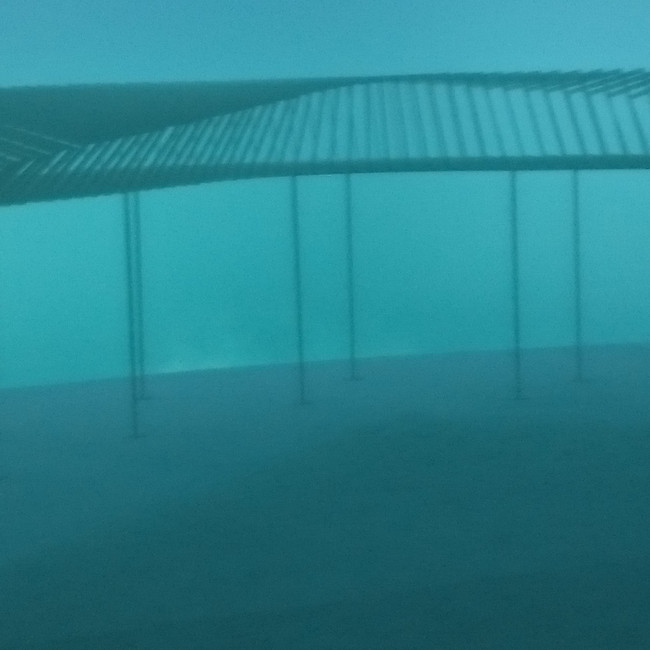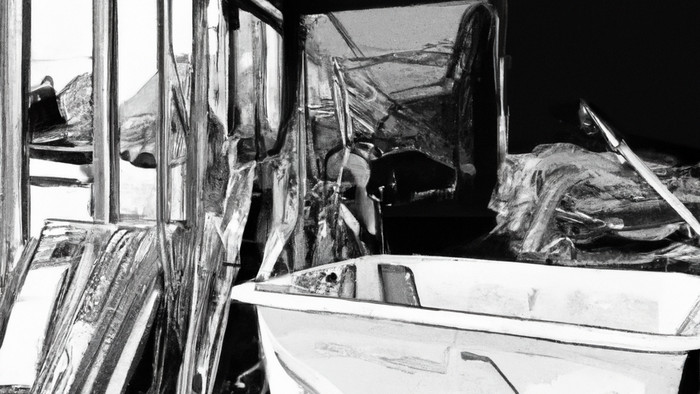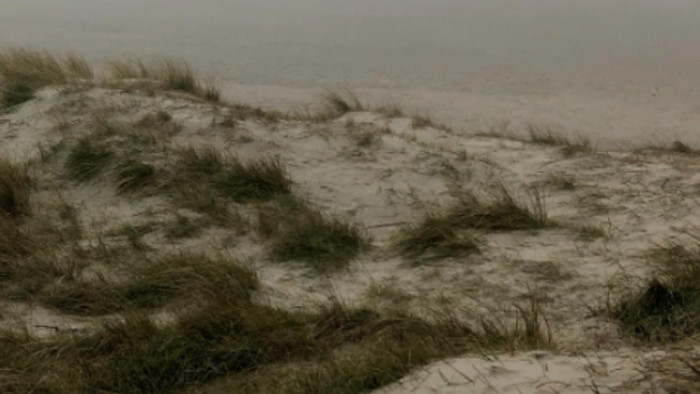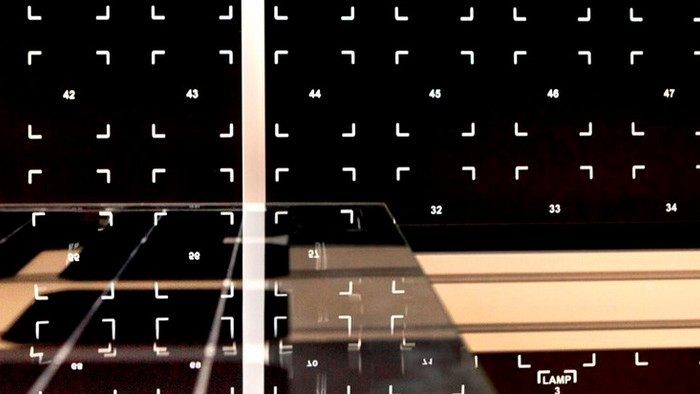
Freeing spaces- freeing time
We use to say that time is money. And indeed so. If we do not spent time to think, we will waste our money. And more importantly, waste invaluable resources.
As the discussion evolves around the Danish Pavilion at the 2018 biennale for architecture in Venice, the conclusion crystalizes: we should think more to waste less. Minds are endless. The world is not. And so, we need to apply more human resources to save physical ones. More brain, less building please!
If the conclusion is clear, so should the question be: how do we create space for thinking? How do we create free time? Not to relax, but to reflect.
As the worlds spins faster and we all rush to meet it demands for more housing, more infrastructure, more of everything – well perhaps we have to slow down. With respect to the physical space and re-sources, there is very little free space left. No free space is really for free. There is no void without value. And as such, we should be far less concerned about the structures we put in the world, and far more troubled with how our structures will hollow out our “free” space.
To be conscious is to be aware of your own existence – not only the do things, but to think about what things you do. And why you do them. The very quality by which we define humanity. Yet, we consider reflections to be a luxury in a purpose driven world. Something to do at universities, at vacations or at sleepless nights. Or on rare occasions like at the biennale. Surely not a part of our “productive” live. Surely not an agenda for a meeting. Surely not a delivery for a customer. And surely not billable.
Without thinking, architecture is unconscious. Without thinking, architecture is inhuman!
So once again: how do we create free space for thinking?
As always, we should look for the cracks - that is where the light comes in.
Perhaps the biennale is as good a place to start for inspiration as any. So, filled and fueled with aspirations for cracking and transcending the rules and routines of everyday life. A time capsule out of orbit. A brief but bright comet on a dark sky. A garden and an (oversized) naval garage surrendered by calming waters. And to top things off, placed in a city that’s a world and a time in itself. Like the biennale, Venice is the place where you get lost. It is the place where there is no straight line. It is the place where you cannot hurry. It i’s the place where feet and thoughts wanders.
The cracks of the biennale 2018 are plentiful. And even though they perhaps not deliberately have been designed as strategies to allow space and time for thinking, they might be worth considering any-way. It seem to me that the biennale suggests five important words: abundance, perspectives, playfulness, contrast and recognition.
Abundance. What makes Arsenale so spectacular is its vast space. Of course, building and equipping ships for the significant Venetian navy required space. But hardly THIS space! A space in which no one putting things on display enters without careful preparation and thoughts. As the space gives us some-thing extraordinary, we have to give something extraordinary back. Abundance creates abundance.
Perspectives. The way we see the world shape the world we see. If we want things to be different, we will have to see them differently. This Brazilian pavilion, devoting is main space to 10 cartographic de-signs showing new patterns of urban emergence and human flows, made this point very clear. Similarly, seeing the landscape along the US-Mexican border from a rain-drop points of view in the US-pavilion made very clear that borderlines are in no way given. Freeing thinking is very much about freeing perspectives.
Playfulness. Looking at the eagerness by which the visitors tries to open all the boxes and find the hid-den doors at the Dutch pavilion, it is hard not to think that we are born curious. And that we are born reflecting on how the world is an could be. In the same vein, it was a joy to climb the scaffold on the British pavilion Island. Not only because the view on the roof-platform was spectacular. It was the mere fact that this was something surprising – not being in but on top of the pavilion - that was thrilling.
Contrast. What makes the squares of Venice so spectacular are the small streets leading to them. What make the social interaction at the biennale fruitful is its spots for tranquility. The small courtyard at the backside of the Danish Pavilion, the shaded area towards the water next to the German Pavilion. Carlo Scarpas squared outdoor room at the main pavilion of the biennale. Any front stage requires a back stage. And vice versa.
Recognition. Recognition is the sense of belonging. Because you are recognized. Or you recognize something or someone. As in the German and Ducth pavilion using the iconic Berlin Wall and orange colors respectively as instant markers for identification. Or even more fundamental, the reinterpretation of a holy room and its relics in the 10 chapels on the San Giorgio Maggiore island curated by the Vatican. But perhaps the most important recognition, even at a biennale for architecture, is of a social nature. The biennale is the place where professionals with identical backgrounds and interests meet. It is the sense of belonging that encourage us to open up and share our thoughts while they are still in the making and thus are still worth discussing.
The challenge is to transform this vocabulary for time creation into real life. Something we do not only at the biennale, but in our daily business. Perhaps every Tuesday should be thinking day. Perhaps every new project and task should start out with what we learned from the previous one. Perhaps every contract should include 20% reflection time.
To think should be the new normal.
We often talk about low tech and high-tech solutions and societies. I am not too concerned with that. Not because technology is unimportant. But as for physical structures, technology is in most cases visible, tangible, and easy to relate to. What we should be concerned with are the quieter elements and voices. For instance, the density of the void that we use to call free space.
What I am concerned with is the social fabric by which we create more or less time to think. In which we allow, or do not allow, place for abundance, perspectives, playfulness, contrasts and recognition to prevail. If we have low or high thinking solutions and societies.
It seem to me that in certain periods we are able to create this ecology of thoughtfulness. Possibly this what was happened when we in Denmark build social housing of lasting value in the post war period as part of greater welfare project. Possibly this was happened when the mainlanders from Veneto left the chaos of a crumbling empire to start over at the swamps that turned into Venice. Perhaps in more recent time, this has happened to Copenhagen in order to make it more liveable after its dull and dirty 1980’ties.
Interestingly, this ability to create space for thoughts seems to thrive from hard times. If so, time is in-deed up for freeing space and time.
Mikkel A. Thomassen, Venice May 2018


